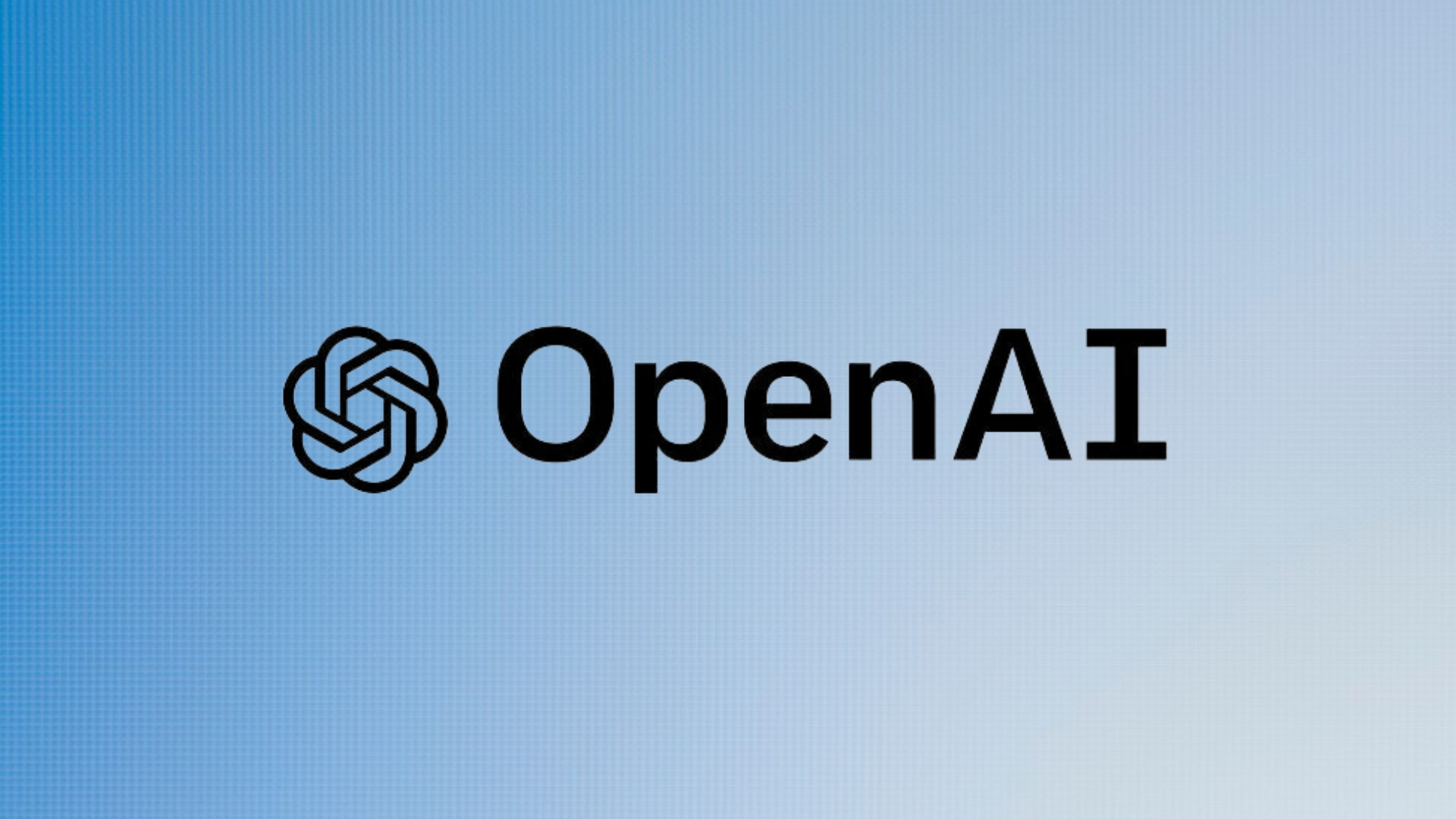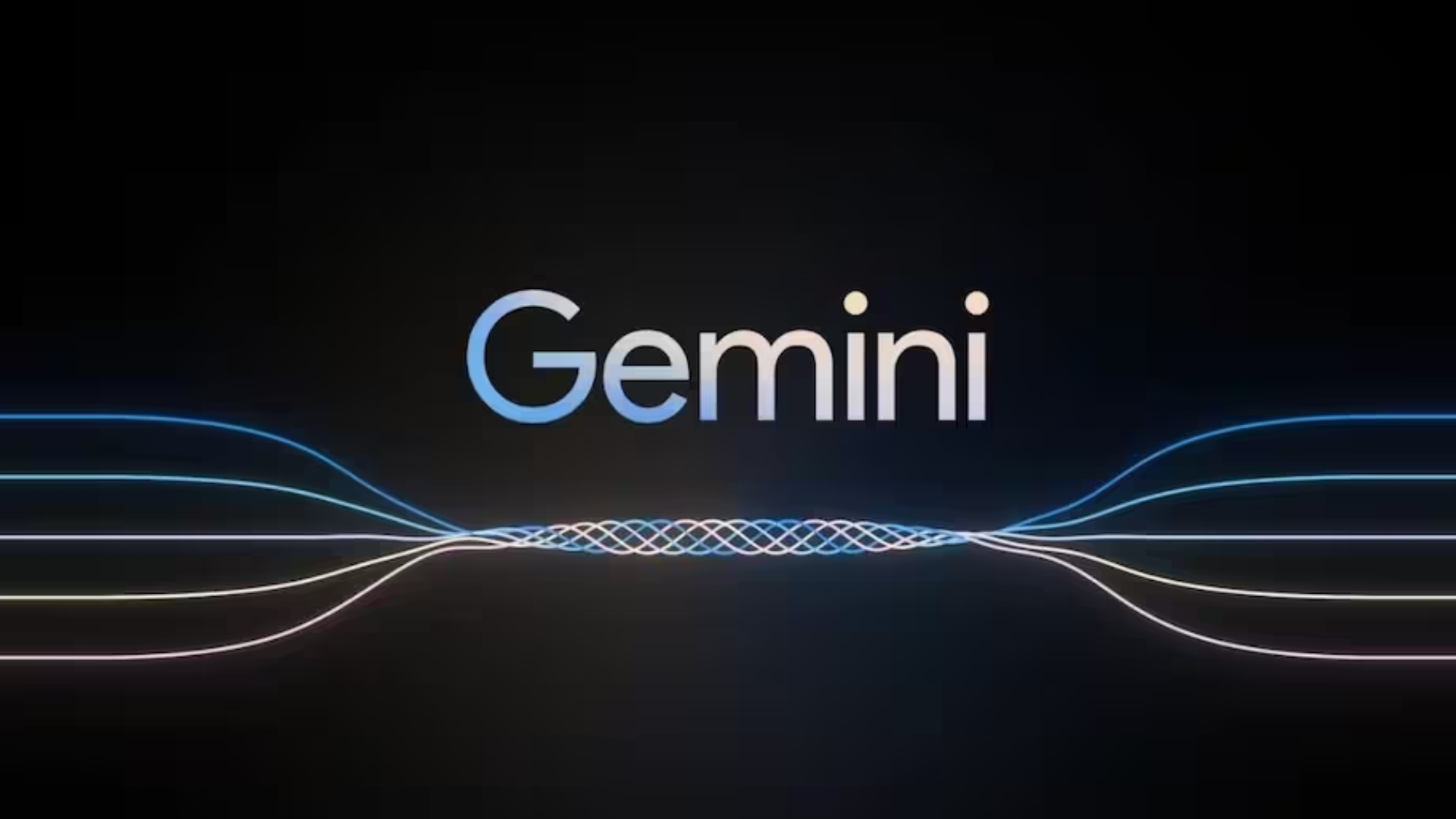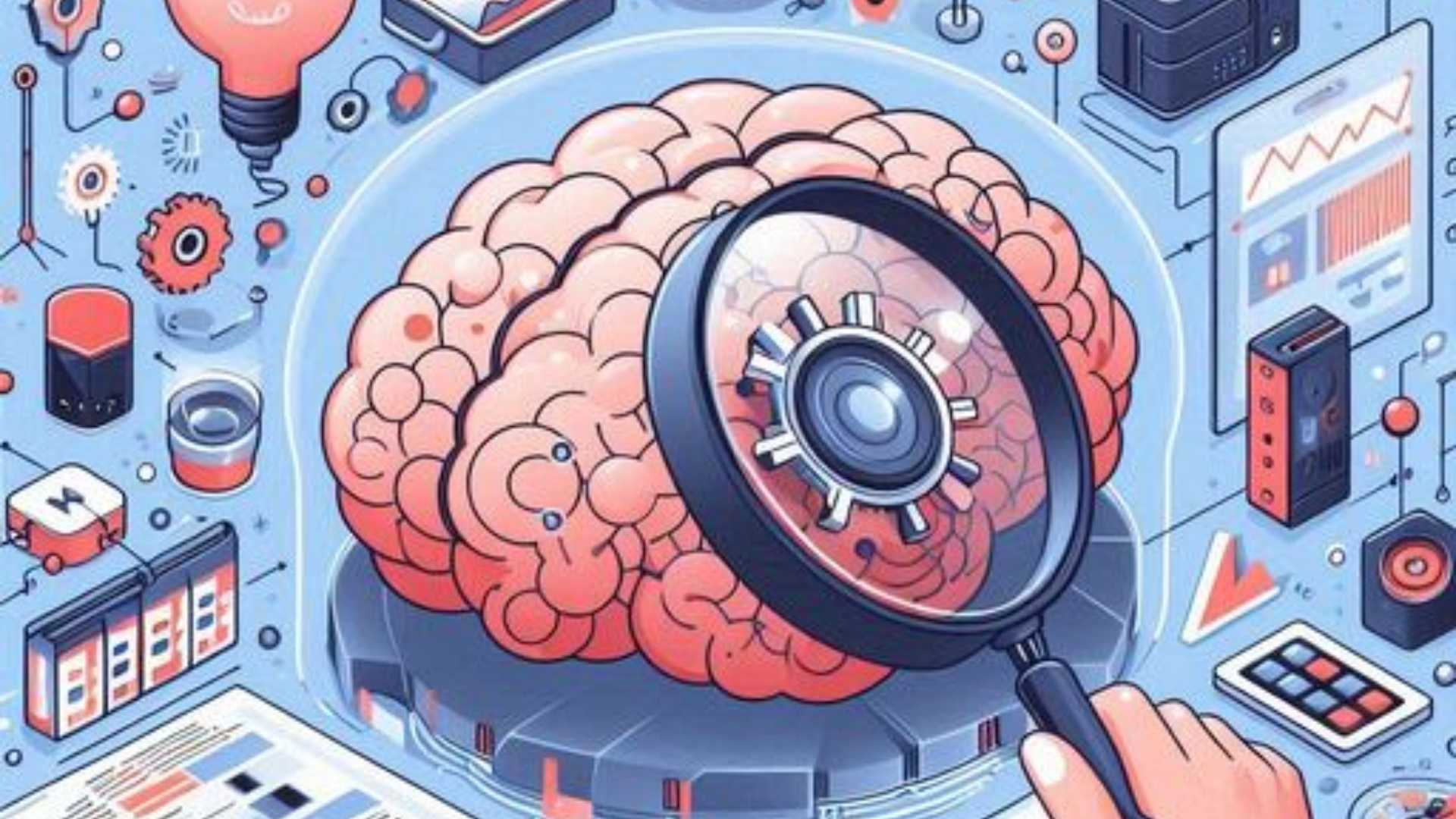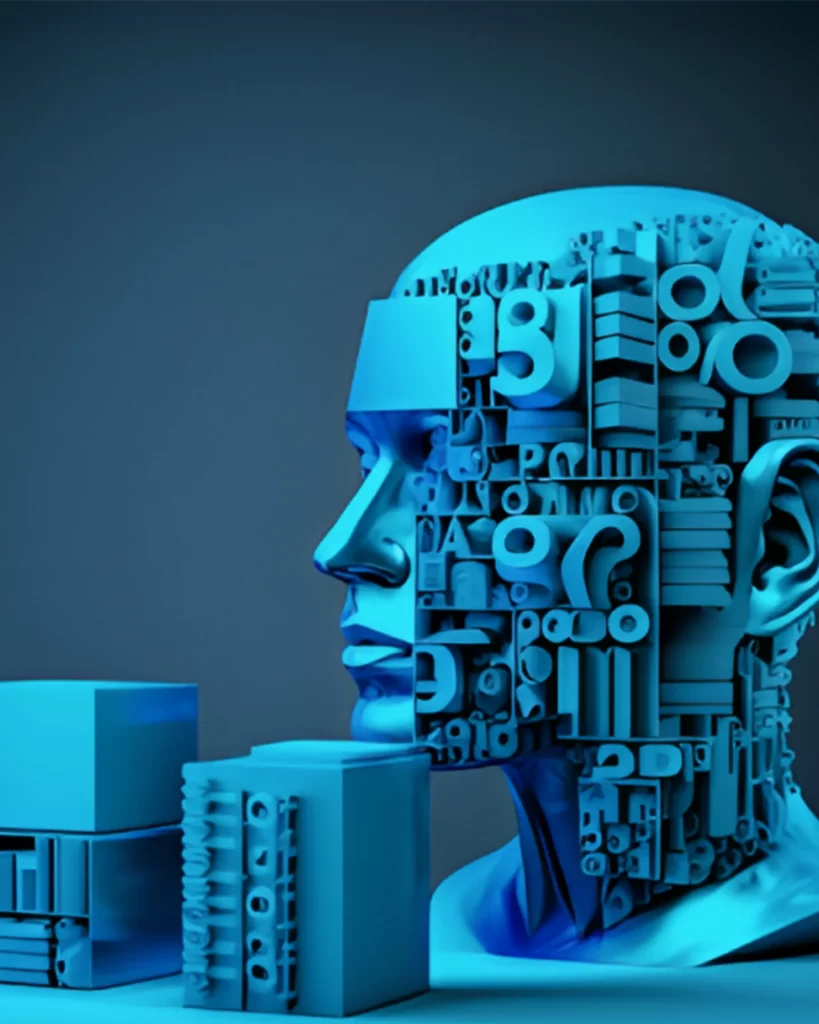
OpenAI’s Q*: Balancing Excitement and Caution in AI
In the swiftly progressing AI domain, discussions about OpenAI’s Q* stir both excitement and also concern. Exploring intricacies, and also understanding the significance of AI systems like Q* necessitates focused attention and caution.
Beginning with the basics, it’s crucial to comprehend the significance of OpenAI’s Q* in the realm of Natural Language Processing (NLP). This recent development has created a stir for good reason. As we navigate through the specifics, it becomes evident that the trajectory of AI evolution, exemplified by Q*, necessitates a thoughtful examination and a measured anticipation of future outcomes.
This amalgamation of excitement and also concern within the AI landscape underscores the pivotal nature of Q*. To comprehend its implications, we embark on a journey through the details. At a pivotal juncture, Q* signals a critical phase, urging careful attention and a prudent approach.
As we venture further, the imperative to tread cautiously becomes apparent. This isn’t merely about a new AI model; it’s about steering the course of AI’s evolution. OpenAI’s Q* isn’t just progress; it’s a call to approach the future with enthusiasm and caution.
Unraveling the Q* Phenomenon
- Let’s unravel the enigma surrounding Q*. While OpenAI’s CEO, Sam Altman, downplays it as an “unfortunate leak,” the comparisons with Google’s Gemini hint at a substantial advancement in AI.
- Gemini, a potential rival to ChatGPT, transcends text and image generation by excelling in planning and strategizing. If Q* is indeed following a similar trajectory, there’s more substance beneath the surface.
- Firstly, let’s delve into the Q* mystery. Despite CEO Sam Altman dismissing it as an “unfortunate leak,” the parallels drawn with Google’s Gemini paint a different picture.
- Gemini stands out in competition with ChatGPT, showcasing expertise not just in text and images but planning and strategy.
- If Q* is treading a similar path, it suggests a deeper significance.
- Our journey begins with the Q* conundrum.
- Dismissed by OpenAI’s CEO, Sam Altman, as an “unfortunate leak,” the parallels with Google’s Gemini suggest a leap in AI capabilities.
- Gemini, a competitor to ChatGPT, extends beyond text and also image generation to excel in planning and also strategizing. If Q* is mirroring this trajectory, it holds a significance worth exploring.
The Mathematics of Progress
Q* from OpenAI shines with its proficiency in grade-school math, a seemingly simple yet groundbreaking feature. Unlike its predecessor, ChatGPT, which grappled with equations, Q* seamlessly blends mathematical abilities with text and also image generation. This fusion holds the key to elevated problem-solving potential. In the realm of AI, mastering mathematics isn’t just about numbers; it’s a pivotal step toward mirroring human cognitive processes.
Notably, Q*’s aptitude for executing calculations aligns with understanding problems – a significant leap in AI evolution. The synergy of mathematical acumen and also creative capabilities opens avenues for more intricate problem-solving scenarios. This is a notable advancement as ChatGPT, lacking in math proficiency, couldn’t traverse this terrain effectively. Q* bridges this gap, bringing AI closer to human-like reasoning.
In essence, Q*’s mathematical prowess isn’t mere arithmetic; it signifies a stride toward cognitive resonance with human thinking. As AI inches closer to emulating human problem-solving, the implications are vast. This development marks a crucial shift in the AI landscape, emphasizing the importance of merging mathematical intelligence with creative functionalities.
Gemini’s Glimpse into the Future
In envisioning the future of AI, a noteworthy comparison arises with Google’s Gemini. This cutting-edge system not only tackles tasks involving planning, like conducting market research for new products but also stands out for its ability to operate with minimal guidance. Unlike ChatGPT, which requires more hands-on direction, Gemini’s self-sufficiency marks a pivotal shift. This trend suggests an imminent evolution in AI functionality, moving beyond single-task capabilities toward handling broader responsibilities. The potential impact on businesses is substantial, promising a revolutionary transformation in operational dynamics.
This glimpse into Gemini’s prowess highlights a crucial distinction. Traditional task-oriented functions may soon yield to AI systems taking on broader responsibilities. This shift could reshape business operations, ushering in efficiencies beyond current AI model limitations. As we peer into this unfolding narrative, the implications for businesses navigating this AI landscape become increasingly evident.
The Dangers of Autonomy
In the era of advancing AI, the autonomy of these systems in tasks like research opens doors for companies to entrust them with broader responsibilities. From streamlining email coordination to managing intricate analyses, the potential benefits are expansive. However, this efficiency isn’t without consequences; it poses a risk to entry-level positions, susceptible to automation. Beyond the immediate concern of job displacement, there’s a pressing issue of biases seeping into these systems, fostering stereotypes within work environments.
In the realm of AI, OpenAI’s Copilot and Google’s Duet revolutionize workflows for millions seamlessly. Understanding their impact is crucial in navigating the evolving landscape. These tools signify a pivotal shift in AI evolution, transforming everyday tasks and prompting contemplation on future challenges and opportunities.
As we navigate the evolving landscape of AI, companies must tread with mindfulness, considering not just the immediate gains but also the broader societal impact. Balancing technological progress with ethical considerations is paramount to fostering a workplace that embraces innovation without sacrificing inclusivity.
The Bias Predicament
In the realm of AI adoption, businesses embracing models from industry giants like OpenAI, Google, or Amazon encounter a pressing issue. These foundational AI models, though robust, face criticism for harboring inherent biases. The challenge intensifies due to the lack of transparency in revealing model intricacies, prompting concerns regarding the fairness of language outputs. As AI permeates various sectors, it’s imperative to prioritize the identification and also rectification of these biases. This proactive approach is crucial for ensuring outcomes that are not only technologically advanced but also equitable and unbiased.
In navigating the expanding landscape of AI, businesses must acknowledge the potential pitfalls associated with these influential models. Striking a balance between harnessing the power of AI and mitigating biases is vital. Transparency measures can play a pivotal role in fostering trust and also credibility in AI applications, fostering a future where technology aligns seamlessly with ethical considerations for the benefit of all.
The Race for AI Dominance
In the foreseeable future, Forrester Research forecasts a substantial surge in the integration of AI. The landscape is evolving with the introduction of Microsoft 365 Copilot and Google’s Duet AI, poised to be embraced by millions of knowledge workers. As this competition intensifies, companies face the imperative of striking a delicate equilibrium between maximizing efficiency and upholding ethical standards. It’s a pivotal moment for responsible AI adoption.
The predictions from Forrester Research paint a picture of a transformative shift toward widespread AI utilization. With the advent of Microsoft 365 Copilot and Google’s Duet AI, a sea change is anticipated in the practices of millions of knowledge workers. The race for supremacy in this domain is escalating, placing a critical responsibility on companies to navigate the terrain of heightened efficiency while safeguarding ethical considerations. The mantra for success lies in judicious and conscientious AI adoption.
In the imminent future, Forrester Research envisions a notable uptick in AI integration. The dynamic landscape sees Microsoft 365 Copilot and Google’s Duet AI making their foray, poised to be embraced by millions in the knowledge workforce. Amidst this competitive fervor, companies face the challenge of optimizing efficiency while upholding ethical standards, marking a crucial juncture for the responsible adoption of AI.

Responsibility vs. Tasks
In the dynamic realm of artificial intelligence, there’s a notable shift underway – a move from merely assigning “tasks” to endowing these systems with “responsibility.” This transformative change, while holding the promise of heightened efficiency and also necessitates meticulous contemplation. Hastening into broader responsibilities without due precautions might usher in unforeseen disruptions and also looming as potential pitfalls in our AI-driven future.
As the AI landscape evolves, it’s imperative to tread carefully on this journey of empowerment. Embracing the conferral of responsibilities demands a strategic approach, ensuring a seamless transition that doesn’t compromise stability. Transitioning from task-oriented to responsibility-driven AI entails a paradigm shift, one that warrants thoughtful and also deliberate progression. The repercussions of hasty decisions in this regard could reverberate in ways that we may not anticipate, underscoring the importance of a measured and cautious integration of these evolving technologies.
In this ever-shifting AI landscape, navigating the transition from tasks to responsibilities is akin to charting unexplored territory. Striking a harmonious balance between ambition and prudence is the key to unlocking the full potential of AI without succumbing to the risks that lie beneath the surface.
Navigating the Disruption
In the evolving realm of AI, the focus transitions from specific tasks to broader responsibilities as tools excel in planning and strategy. Successfully navigating this transformative phase demands a meticulous approach. Companies must meticulously evaluate the advantages and drawbacks, ensuring a seamless transition that safeguards job security and upholds ethical standards. Striking a balance between the benefits of AI integration and potential pitfalls is crucial. Transitioning smoothly ensures that the workforce adapts without disruptions, fostering a harmonious coexistence between technology and human roles. This measured approach acknowledges the potential of AI while mitigating challenges, paving the way for a future where innovation aligns with ethical considerations and job stability.
Unveiling Microsoft 365 Copilot and Duet AI
In the realm of AI, OpenAI’s Copilot and Google’s Duet AI lead, integrating seamlessly into workflows. Explore the features of OpenAI’s Copilot and Google’s Duet AI for insights into AI’s trajectory. OpenAI’s Copilot and Google’s Duet AI signify a pivotal moment, ushering in a paradigm shift. Embark on a journey through the nuances of OpenAI’s Copilot and Google’s Duet AI. Witness OpenAI’s Copilot and Google’s Duet AI transforming the way we work, marking a significant milestone. OpenAI’s Copilot and Google’s Duet AI prompt reflection on challenges and opportunities in our AI-driven future.
The Human Touch in an AI World
In the fast-paced realm of technological advancements, it’s imperative to retain a focus on the human element. Although AI boasts formidable capabilities, it lacks the nuanced comprehension and empathy ingrained in human interactions. Achieving a harmonious integration of these technologies necessitates a delicate equilibrium between the advantages of AI and the unparalleled contributions of humanity. Striking this balance ensures a seamless coexistence, where the strengths of artificial intelligence enhance rather than replace the unique qualities of human engagement. As we propel forward into a future intertwined with AI, it’s pivotal to weave the human touch into the fabric of technological progress, fostering a symbiotic relationship between innovation and the enduring essence of human connection.
Conclusion
In the grand concert of technological progress, OpenAI’s Q* and GPT-3 represent pivotal notes, suggesting a potential change in the tune. As AI frontiers expand with Q*, GPT-3, and also Gemini, navigating this evolution requires a harmonious mix of anticipation and vigilance. Achieving equilibrium between technological strides, such as those presented by GPT-3, and also ethical reflections, and also preserving the human essence is crucial. This delicate equilibrium will intricately mold the trajectory of AI, ensuring it becomes a force for collective good. Embracing the duality of excitement and caution is key as we step into a future where the synergy of innovation, as exemplified by GPT-3, and ethical responsibility guide the harmonious evolution of artificial intelligence.
Key Words: artificial intelligence | artificial ai | Openai’s gpt-3| Natural language processing | OpenAI Q* | Q* AI | Q* vs. ChatGPT









